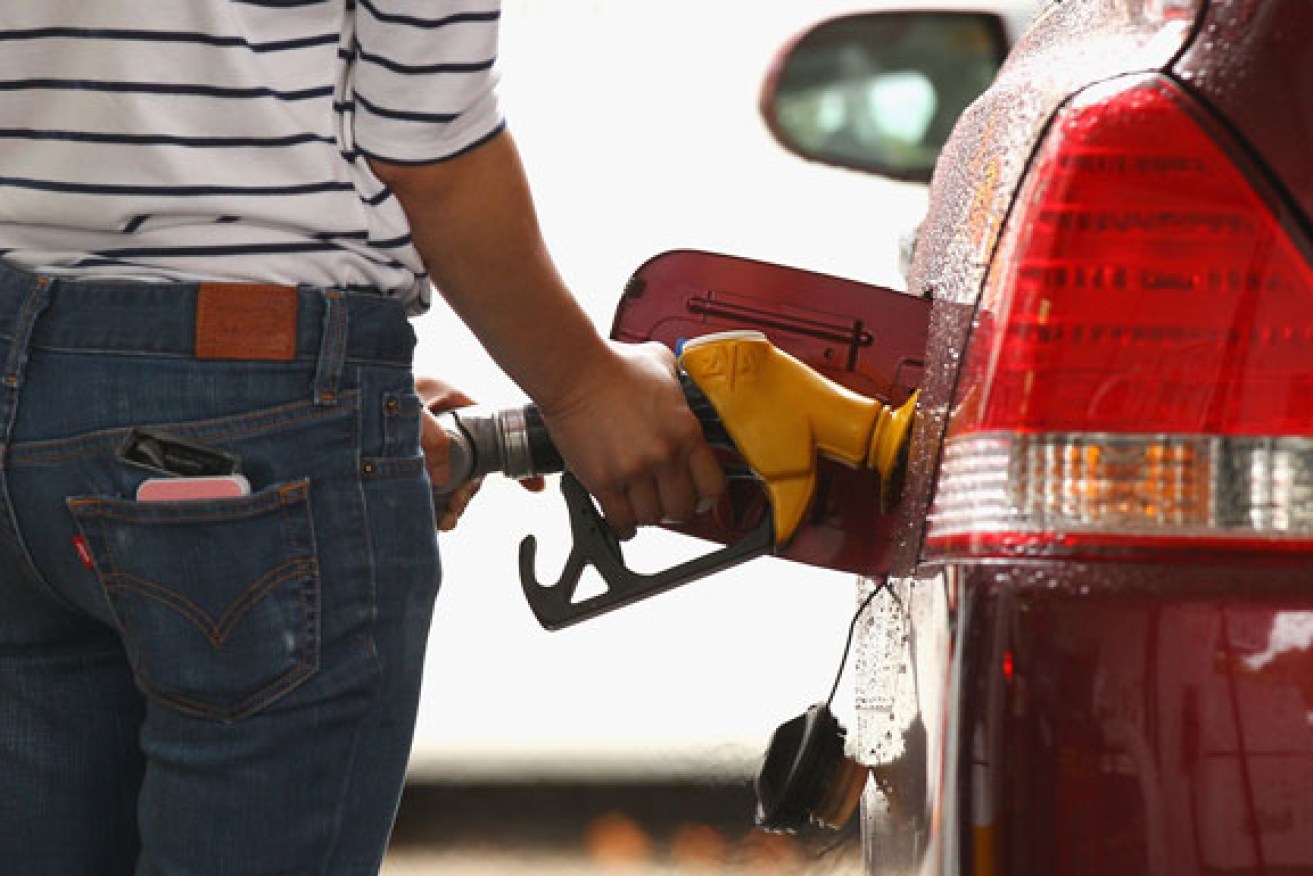Why diesel drivers are being slugged at the bowser

The 'growth' created by an 8 per cent rise in petrol prices is nothing to celebrate. Photo: Getty
While city motorists filling up on unleaded fuel have enjoyed their cheapest month on the road since October 2010, many truck drivers, fleet operators and farmers are still waiting for meaningful price relief.
The average national price for a litre of diesel is currently about $1.43, according to the Australian Institute of Petroleum. That’s about 15 cents more than the average national price of unleaded fuel.
• Get the good oil on low Aussie fuel prices
• Five ways to drastically cut your petrol bill
Diesel fuel prices have been at a premium compared with unleaded petrol for many years, and the differential has widened in the past 12 months.
The widening of the price difference is being driven by rising demand in Asia, India and parts of South America where diesel is more generally used as a fuel source for motor cars.
As the number of cars on Asian and Indian roads has soared in the recent years, distillate suppliers have struggled to meet ever-growing demand for diesel.
So, the faster growing demand for diesel has supported higher global prices than for unleaded.
That’s a legitimate argument that the petrol companies are happy to trot out, but it overlooks another big influence on the disparity between diesel and other fuel prices.
Refiner margins
Until a few months ago, those oil refiners that were most heavily weighted to producing diesel were making the biggest profits in the global fuel industry.
This is a cold fact that neither the petrol companies nor their local industry mouthpieces are prepared to acknowledge publicly.

Motorists are currently getting a good deal on unleaded petrol. Photo: Getty
The margins on refining unleaded took a big hit in the last year as the global price of crude tanked. The refiners (Shell, BP and the others) reacted by trying to maintain their fatter profit margins on diesel.
The United States is the world’s largest producer and exporter of diesel fuels and, according to Bloomberg News, the refiners’ profit margins on diesel were roughly about double the margins for unleaded petrol as world crude oil prices began to tumble.
Australian diesel prices are linked to what is known as the Gasoil 10 price benchmark in Singapore.
This benchmark continued to fall this week, so further reductions in retail prices for diesel are likely throughout January.
However, the big refining margin differential between the unleaded benchmark (Mogas) and the diesel benchmark (Gasoil) remains in place.
The bottom line is that the cost of running the nation’s 3.3 million trucks and other vehicles that use diesel is likely to remain above unleaded prices.
Falling petrol prices stoking consumption
 ComSec economist Craig James estimates that the petrol price falls in December saved the average Australian household about $40 compared to December 2013.
ComSec economist Craig James estimates that the petrol price falls in December saved the average Australian household about $40 compared to December 2013.
That equates to a monthly saving of $285 million for Australia’s 8.9 million households.
If the retail petrol prices settle at current levels, he suggests it could help drive a recovery in consumer spending in 2015.
“The average family is saving around $40 a month on petrol compared with the same time last year, acting like a de-facto tax cut or rate cut,” he said.
“The fall in the petrol price may be one reason why Aussie shoppers have been flocking to post-Christmas sales.”








